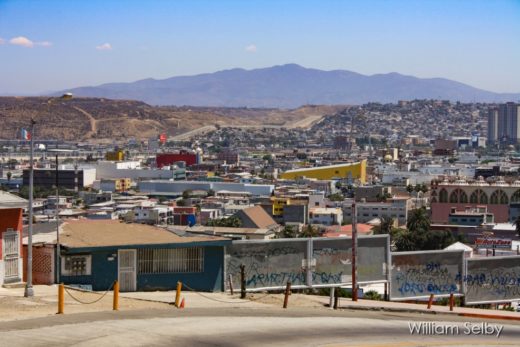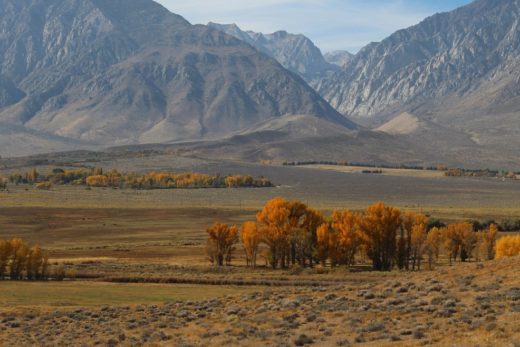As they say, all sunshine makes a desert.
Outside of Florida and the extreme south of Texas, few places in the conterminous United States see temperatures regularly reach the mid 80s in the dead of winter. While it is nice having warm, clear weather in January, the California sunshine that fuels this weather is a double-edged sword for the Golden State. For it is in winter when most of the state’s precipitation falls. This is a crucial time for replenishing the state’s water resources and nourishing it endemic flora and with life-giving water.


Coastal southern California is not technically a desert climate, at least not yet. Many climatologists draw a line separating true deserts and semi-arid environments at 10″ (254 mm) of precipitation per annum. Most of southern California is well above this threshold. Downtown Los Angeles, for instance, normally receives just under 15″ (381mm) of precipitation in an average year. But rainfall is well below average again this year throughout most of The Southland. Only 1.22 inches (30.988 mm) have been measured this season at a station in Thousand Oaks — near where these pictures were taken. The normal tally to date for that location would be 6.39″ (162.3 mm). So in this location, at least, conditions are only at 20 percent of “normal.”

It is important to understand that the lower the total precipitation average is in an area, the higher the precipitation variability will be from year to year in that location as well. Yet there are other factors that are helping to push California into drought conditions. The warm and dry weather of the past few days has been the result of a moderate Santa Ana condition. High pressure parked to the east in the high deserts of the Mojave and Basin and Range provinces provide the impetus. A pressure gradient soon results which then funnels clear, dry air towards the relatively lower pressure near the coast. In transit, the moving air heats by compression and picks up speed as it descends toward the ocean. In turn, this offshore flow usually brings warm temps, dry conditions and keeps the marine layer at bay in places like Santa Monica — which will often experience warmest temperatures and clearest skies of the year during such events.



Our daily weather is influenced by longer term events in the climate. Currently we have La Niña conditions that are strengthening and helping to give rise to the warm, clear and sometimes windy weather that we have seen over the past month. La Niña is the lesser known sibling of El Niño. Together these two phases in the Pacific Ocean Basin make up what is called the El Niño-Southern Oscillation or ENSO. These patterns shift every few years and the conditions they produce can last several months to several several years, depending on factors that are still being discerned. Generally speaking, the El Niño phase shifts circulation patterns so that warmer than normal ocean water at the surface flows to the eastern Pacific. For California this often means more winter storms and the rains that accompany them. La Niña is a reversal of this phase. Colder than normal water piles up in the eastern Pacific, which often leaves California high and dry in the winter months when the bulk of the state’s nourishing rains and snow falls.
So what does this all mean? No one can say with absolute certainty. The discovery of ENSO was only flushed out about 100 years ago. Consensus on climate change only began to crystalize in the 1980s. But some reasoned inferences can be made. Data continues to pile up supporting the postulation that the Earth’s climate is not only warming but becoming more variable and, to a certain degree, more unpredictable as well. However, it would be a mistake to think this is all guess work. Climate scientists now have conclusive evidence: the coming changes will mean wilder swings in drought and deluge for much of the planet, including the Golden State. Only the extent and duration remain unknown.
California sunshine is legendary and has attracted immigrants and adventurers for centuries. But that might not always continue to be the case. In the era of climate change, that omnipresent sunshine may begin to drive the same such folk to more habitable climes in the future.







